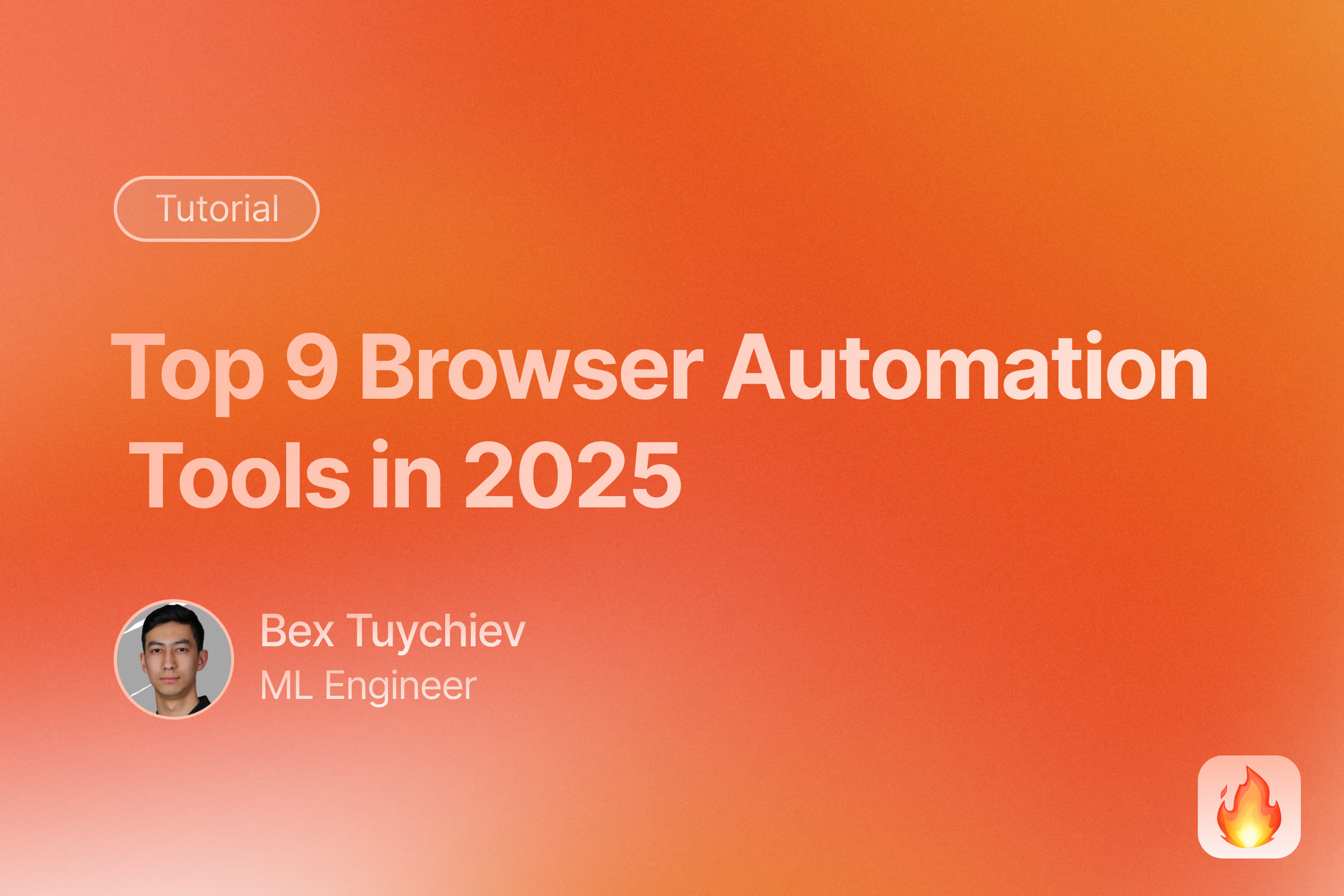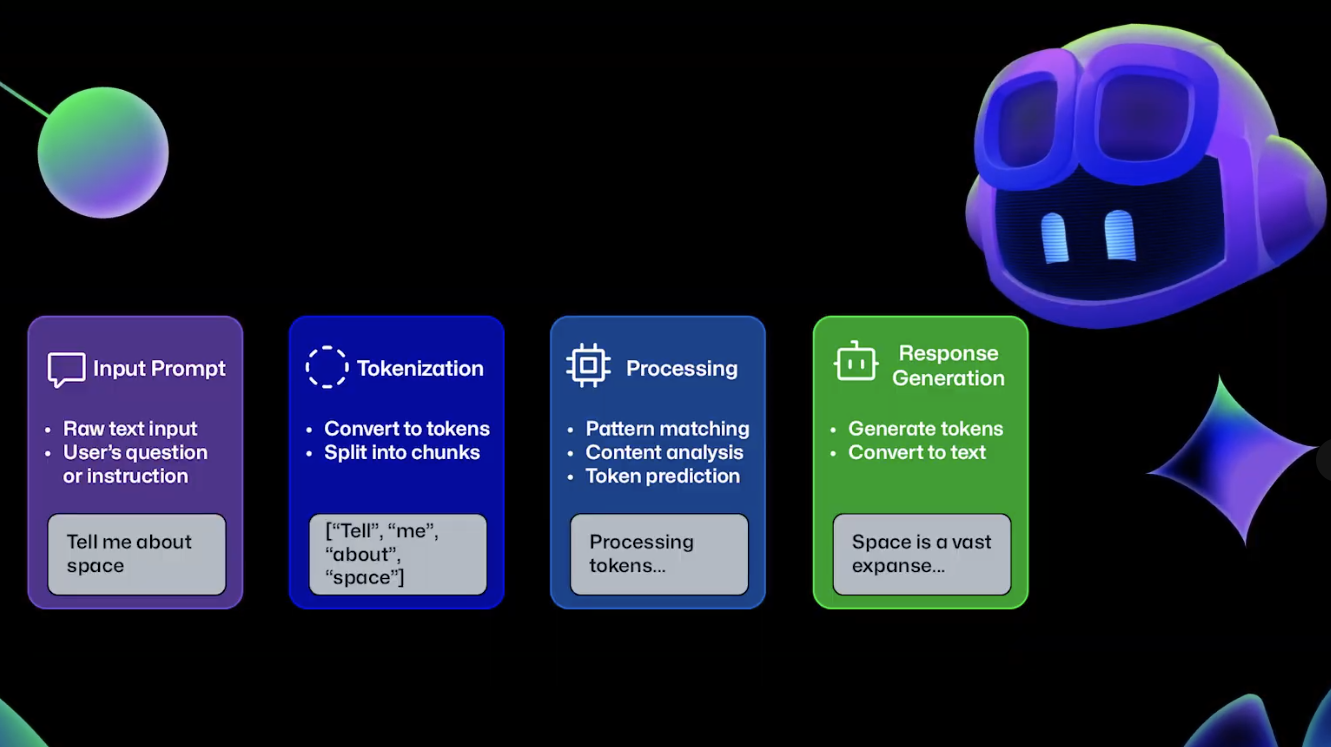👋 Dear friends, welcome to this issue of AI Field Highlights!
This week, we've curated 24 insightful articles from the field of artificial intelligence, offering a panoramic view of the latest breakthroughs and trends. Stay ahead of the curve and grasp the pulse of AI development! This week saw major model updates focusing on multimodality, enhanced reasoning, and openness; AI development tools continue to evolve, with Agents, MCP, and low-code/no-code development gaining traction; AI applications are accelerating in programming, creativity, recruitment, gaming, and education, while debates around AGI, startup strategies, and AI's impact on work and learning deepen.
This Week's Highlights:
- AI Agent Development Accelerates, Moving from "Thinking" to "Doing" : Zhipu AI released "AutoGLM Rumination," an AI Agent with deep research and operational capabilities, designed to simulate human reasoning, reflection, and execute complex tasks, aiming to evolve AI from thinkers to executors. Concurrently, the industry is deeply discussing Agent definitions, technological status, and implementation challenges (insights from Manus, OWL team), while focusing on the core drivers (Zhipu AI's CEO believes the model itself, not just engineering, is key).
- Exploring the Model "Brain" & the "Model-as-a-Product" Paradigm : Anthropic utilized its "AI microscope" technique to reveal the internal workings of the Claude large model during tasks like multilingual processing, content planning (e.g., poetry rhyming), and mental arithmetic, while also investigating the root causes of hallucinations and jailbreaking. Meanwhile, the emerging "Model-as-a-Product" paradigm was proposed, emphasizing the core value of the AI model itself and suggesting future AI products might increasingly focus on inherent model capabilities, simplifying interaction.
- Innovating AI Evaluation and Boosting Reasoning Capabilities : A novel AI evaluation method, MC-Bench, uses the game Minecraft to assess models on intuitive, creative tasks, aiming to complement traditional benchmarks that may fall short in evaluating generality and creativity. The research community also continues to focus on enhancing LLM reasoning abilities, with particular attention on strategies post-DeepSeek R1, such as increasing inference-time computation to improve performance.
- Developer Protocols and Agent Frameworks Gain Traction : The Model Context Protocol (MCP), aimed at standardizing data formats for LLM-tool interactions, received attention, with articles providing user-friendly getting-started guides and practical use cases spanning design and knowledge management. Technical challenges facing AI Agent systems, such as cross-agent memory sharing and fine-grained data access control (discussed in an interview with HubSpot founder Dharmesh Shah), are also prompting industry reflection.
- Popularizing Practical Dev Tech: RAG, Prompt Engineering & LLM Tips : The development history of RAG (Retrieval-Augmented Generation)—a key technology for addressing LLM knowledge limitations and hallucinations—was systematically reviewed, from Naive RAG to Agentic RAG. The value of prompt engineering was also highlighted, not just for shaping an AI's unique "personality" (like OpenAI's "Monday" voice) but also for guiding AI to generate specific code (like SVG for illustrations), thereby enhancing interaction and creation efficiency. GitHub also shared practical tips for effectively utilizing LLMs.
- Automation Tools Empowering Web Interaction and Data Processing : A range of browser automation tools (such as Firecrawl, Selenium, Puppeteer, Playwright) designed for web application testing, data collection, and automating repetitive tasks were spotlighted. The growing importance of these tools in improving development/testing efficiency and supporting AI applications (e.g., converting websites into structured data for LLM consumption) is increasingly evident.
- AI Driving New Product Forms: Browser and Voice Interaction Revolution : The AI-first design philosophy is spawning new products. For instance, the Arc browser team launched Dia, a new product centered around AI, aiming to reconstruct browser interaction logic. Concurrently, partners at a16z expressed optimism about the potential of AI voice interaction, viewing it as a significant potential breakthrough for AI applications, particularly in B2C vertical sectors like mental health therapy and edtech, emphasizing that emotional expression, low latency, and personalization are key to enhancing user experience.
- AI Empowering Creative Design, Lowering Professional Barriers : AI image models like Jimeng 3.0 demonstrated strong generation capabilities and improved handling of elements like Chinese characters across various scenarios (typography, commercial covers, e-commerce materials, packaging design), effectively lowering the barrier to entry for professional design. Combined with prompt engineering, using AI (like DeepSeek V3, Claude 3.5) to generate SVG code allows for the efficient creation of illustrations for articles and PPTs, boosting content creation efficiency and quality.
- Industry Trend Foresight and Strategic Viewpoint Collisions : As large model development enters its "second half," sustained compute investment, multimodality and reasoning capabilities becoming standard, the prominence of open source and open protocols, the pressing need for trustworthy AI, and "Intelligence-as-a-Service" are identified as key trends. Simultaneously, differing viewpoints emerged within the industry on critical issues like the path to AGI (e.g., Pre-training vs. RL), the core of Agent technology (model vs. engineering), and open-source strategies (featuring perspectives from figures like Li Guangmi and Zhipu AI's CEO).
- Deep Reflections in the AI Era: Human Wisdom and Societal Direction : Facing AI's rapid advancement, Yuval Noah Harari discussed potential risks, such as exacerbating information cocoons, forming a "Silicon Curtain," and subtly influencing human free will, calling for the cultivation of mental skills to navigate these challenges. Chen Chunhua, meanwhile, clearly distinguished between intelligence and wisdom, emphasizing that humans should focus on developing five core wisdoms that AI cannot replace (such as fuzzy decision-making, empathetic creativity, and value judgment) to maintain unique value and achieve greater creativity in the age of AI.
🔍 This week, the AI field saw rapid technological iteration, expanding application boundaries, and accelerating business exploration. Simultaneously, long-term reflections on technological paths, industry structure, and human-machine relationships are deepening. We invite you to click on the article links to delve deeper into these developments and collectively embrace the opportunities and challenges brought by AI.






